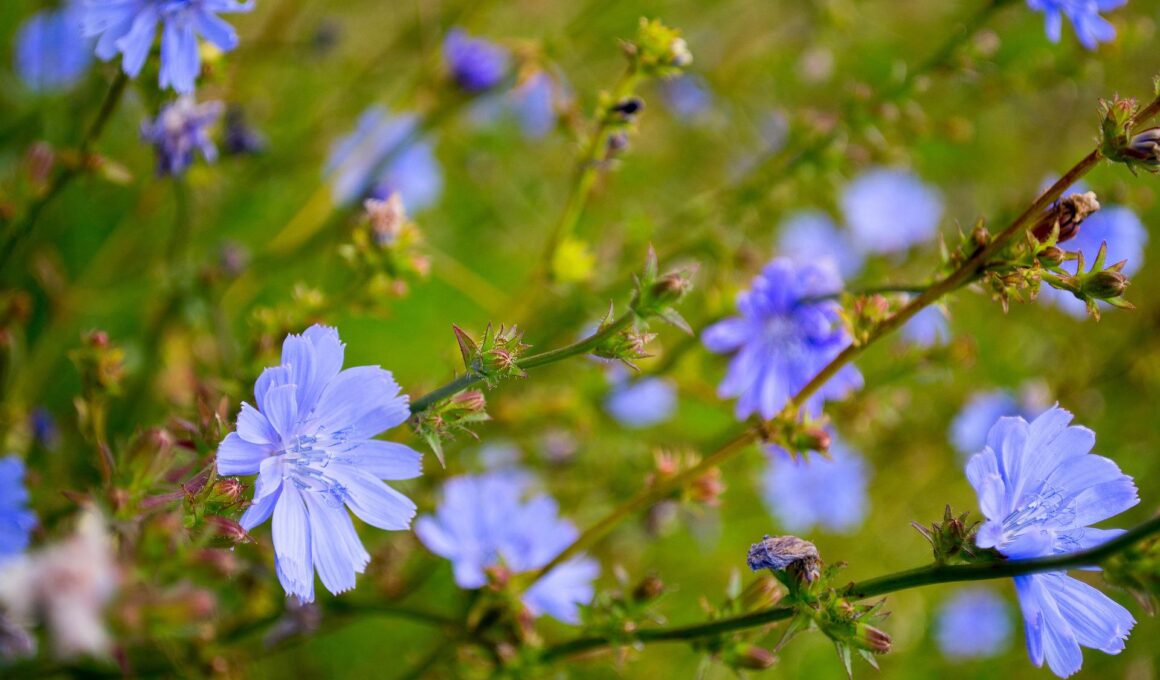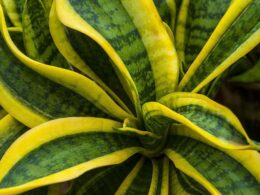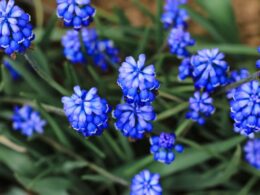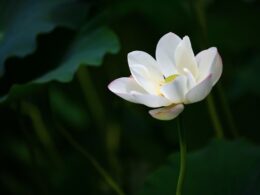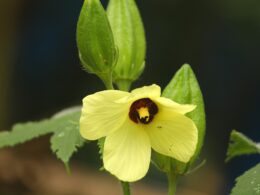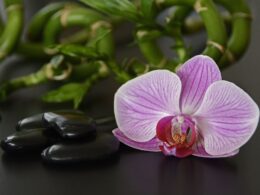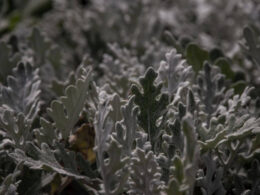This guide will tell you everything you need to know about a chicory flower, from its history to how to grow it. So read on and learn more about these charming plants!
Chicory Flower (Cichorium Intybus): Morphology
The chicory flower is a member of the Asteraceae family and is in the genus Cichorium. The species name, intybus, comes from the Ancient Greek word for this plant. Chicory flowers are small and blue, with a yellow center. They grow in clusters on the ends of branches and have very narrow leaves. The chicory flower blooms in the summer and is found in Europe, North Africa, and Asia.
The chicory plant (as well as many other wildflowers, like dandelions) has many uses. The chicory roots can be roasted and used as a coffee substitute, or they can be boiled and eaten as a vegetable. The leaves can be eaten raw or cooked, and are often used in salads. The flowers can be used to make a blue dye. Chicory is also used as a livestock forage, and the plant is widely used in folk medicine.
Chicory is easy to grow and is often found in fields and along roadsides. The plant can be propagated by seed, and it typically blooms from June to September. It is closely related to the endive (Cichorium endivia).
Chicory flower is a perennial herb, which means that it will live for more than two years and often much longer. The plant has a deep, thick taproot that can grow up to four feet long in some cases. Chicory leaves are deeply lobed and have a rough texture. When it comes to the frost, chicory is quite resistant.
Chicory Flower: Care Needs
Chicory flowers are beautiful and unique, and they make a great addition to any garden. However, before you can enjoy their beauty, you need to take care of them properly. Here are some tips on how to care for your chicory flowers.
- Sunlight: chicory flowers need plenty of sunlight in order to thrive. Make sure to plant them in an area that gets at least six hours of sun per day.
- Soil: the soil should be well-drained and rich in organic matter. If you’re not sure whether your soil meets these requirements, you can have it tested by a local gardening center or university extension service.
- Watering: water your chicory flowers regularly, making sure the soil is evenly moist but not soggy. Avoid getting water on the leaves, as this can promote fungal diseases.
- Fertilizing: apply a balanced fertilizer to your chicory flowers every month or so. This will help them grow strong and healthy.
- Pruning: chicory flowers don’t require much pruning, but you can trim them back if they start to get leggy or overgrown.
- Pests and diseases: watch out for common garden pests such as aphids and spider mites. These can be controlled with insecticidal soap or neem oil. If your plants become infected with a disease, they may need to be destroyed in order to prevent the spread of the infection.
Does Chicory Flower Reseed Itself?
Yes, chicory flower reseeds itself. The plant produces seeds that will germinate and grow new plants the following spring. You can also collect the seeds and sow them indoors in late winter to get a head start on the growing season.
If you want to prevent chicory from reseeding itself, you can deadhead the flowers before they go to seed. This will also keep the plant from getting too leggy and produce more flowers.
Is Chicory Flower Edible?
Yes, chicory flowers are edible! They have a slightly bitter taste and can be eaten raw or cooked. Chicory can be used in salads, as a garnish, or even cooked and used as a vegetable. When cooking with chicory flowers, it is best to blanch them first to remove some of the bitterness. Chicory flowers can also be candied and used as a decoration on cakes and other desserts.
Chicory Flower – Interesting Facts
Chicory, also known as Cichorium intybus, is a flowering plant in the aster family. It is native to Europe, Asia, and North Africa, but has been introduced to many other parts of the world. And here are some other interesting facts about a chicory flower:
- The chicory plant grows to a height of about 3-5 feet.
- Chicory is often used as a coffee substitute or add-in due to its bitter flavor. The roots of the plant can be roasted and ground to make a coffee-like drink.
- Chicory is also used as a salad green and in cooked dishes.
- Chicory is rich in vitamins and minerals, including vitamins A, C, and K, as well as potassium and magnesium. It also contains important antioxidants that can help protect the body from damage caused by free radicals.
- Chicory is said to have a number of potential health benefits, such as aiding digestion, lowering cholesterol levels, and preventing certain cancers. However, more research is needed to confirm these effects.
- Chicory flower is also known as a blue sailor, and its foliage resembles dandelion leaves.
- Chicory is a perennial, which means it lives for more than two years.
What do you think about a chicory flower? Would you like to have these wild flowers in your garden? Let us know in the comments!





